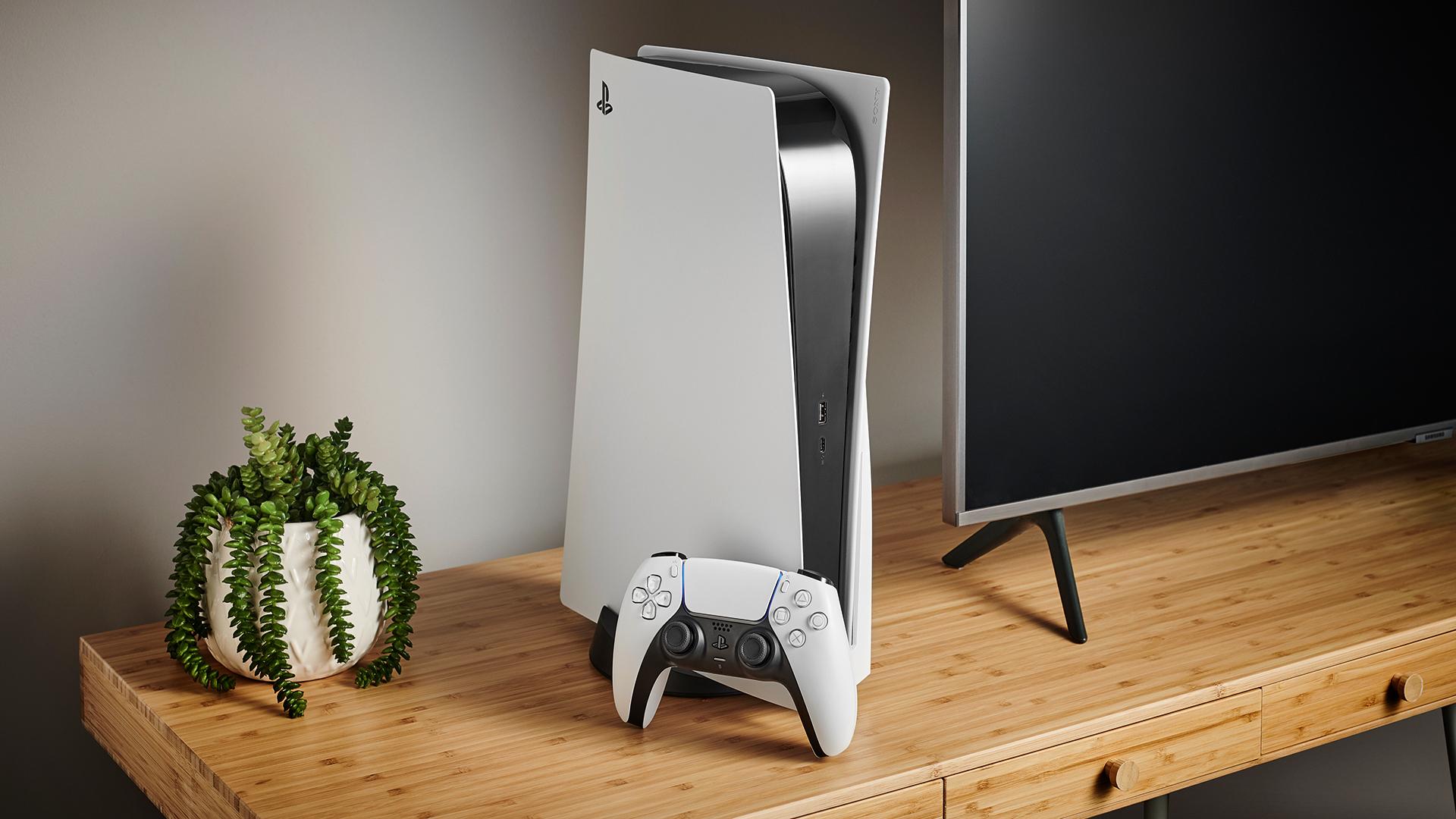Since its highly anticipated release in November 2020, the PlayStation 5 (PS5) has been at the forefront of gaming enthusiasts’ minds. The console boasts impressive features, including its ability to support 8K resolution, promising gamers an unparalleled visual experience. However, recent reports have indicated that Sony, the manufacturer of PS5, has started to remove the 8K logo from the packaging of their consoles, leaving players wondering about the implications of this move.
The removal of the 8K logo from the PS5 boxes has sparked a wave of speculation and discussion among gamers and industry experts alike. It is essential to understand the significance of the 8K resolution before speculating on the reasons behind Sony’s decision.
8K resolution refers to the display of images with a resolution of 7680 x 4320 pixels, which is four times the resolution of 4K and sixteen times that of Full HD (1080p). The idea of gaming on such high-resolution screens sounds enticing, as it promises sharper details, increased depth of field, and more immersive gameplay. However, the reality is that true 8K gaming is currently beyond the capabilities of most technology, including the PS5.
While the PS5 does support 8K output, there are several caveats. First, the console’s graphics processing unit (GPU) is not powerful enough to run games at native 8K resolution. Instead, Sony’s marketing strategy has focused on using techniques like upscaling or checkerboard rendering, which can enhance the visual quality of games while still outputting them at lower resolutions. This approach allows the PS5 to take advantage of the power of its GPU for other visual enhancements such as ray tracing or faster frame rates.
Sony’s decision to remove the 8K logo from the PS5 boxes may have multiple explanations. One possibility is a straightforward marketing decision. By eliminating the 8K logo, Sony can avoid misleading consumers who might expect true 8K gaming experiences. While the PS5 can indeed output games at 8K, the actual gameplay experience typically occurs at lower resolutions, which may not justify the label’s inclusion on the packaging.
Another plausible reason for Sony’s move is the limited availability of true 8K displays. Currently, consumer-grade 8K TVs are expensive and relatively uncommon, making them a niche market. With the vast majority of gamers playing on 4K or 1080p televisions, the inclusion of the 8K logo may have seemed unnecessary to Sony. This decision could be an attempt to streamline their packaging and marketing strategy and focus on features that are more relevant to the majority of their consumers.
It is worth noting that despite the removal of the 8K logo, the PS5 is still a powerhouse in terms of graphical capabilities. It offers impressive performance and visuals, stunning ray tracing effects, incredibly fast loading times, and enhanced framerates. The removal of the 8K logo does not diminish these qualities but rather emphasizes the practicality of the console’s capabilities for the majority of gamers.
In the end, Sony’s decision to remove the 8K logo from PS5 boxes seems to be a strategic move focused on setting realistic expectations for gamers and optimizing its marketing efforts. As the gaming industry continues to evolve, it is crucial for manufacturers like Sony to provide accurate information to consumers, ensuring they have the best possible experience while making informed decisions about their gaming equipment.

